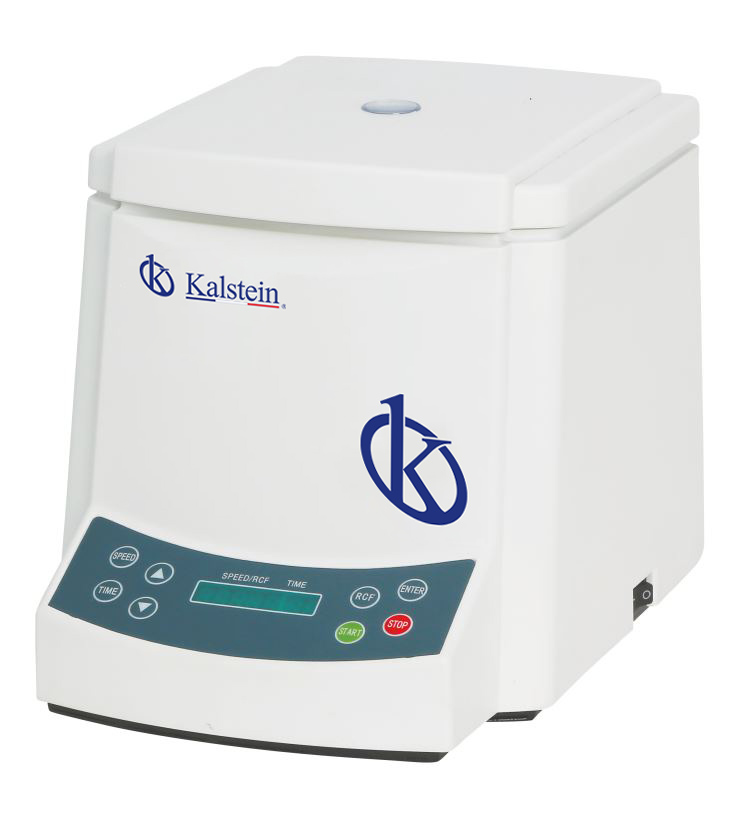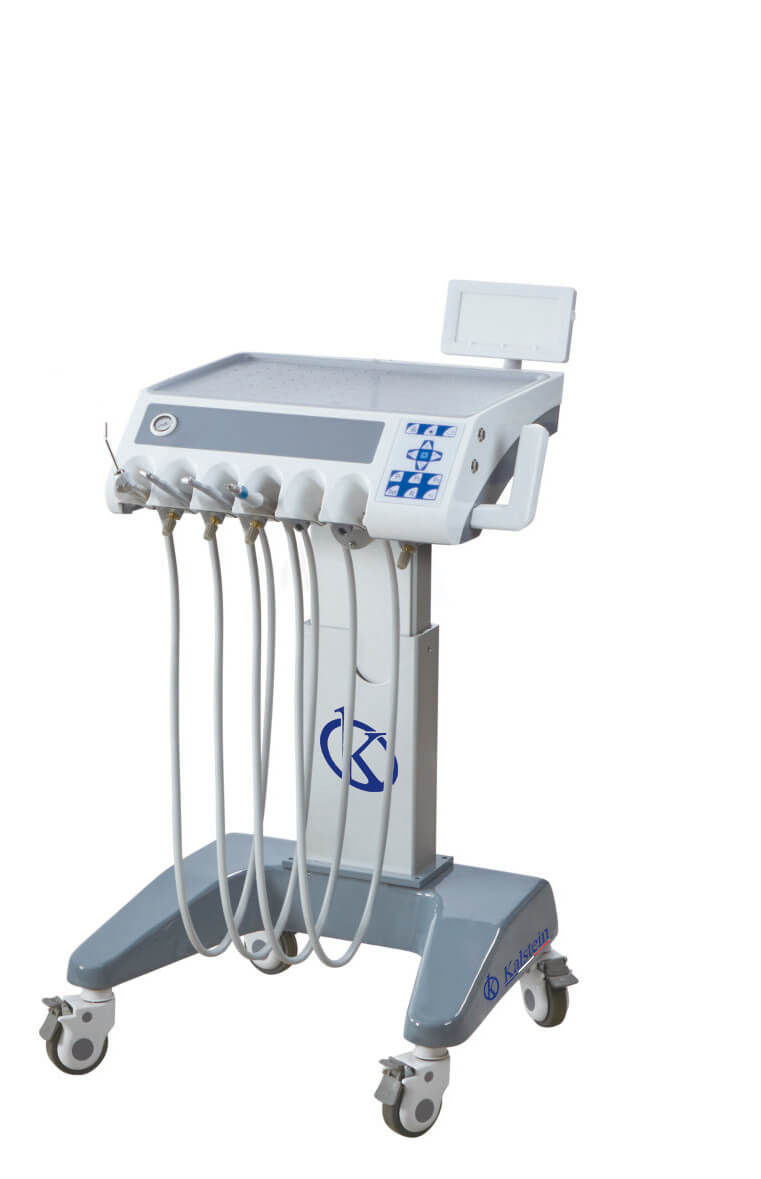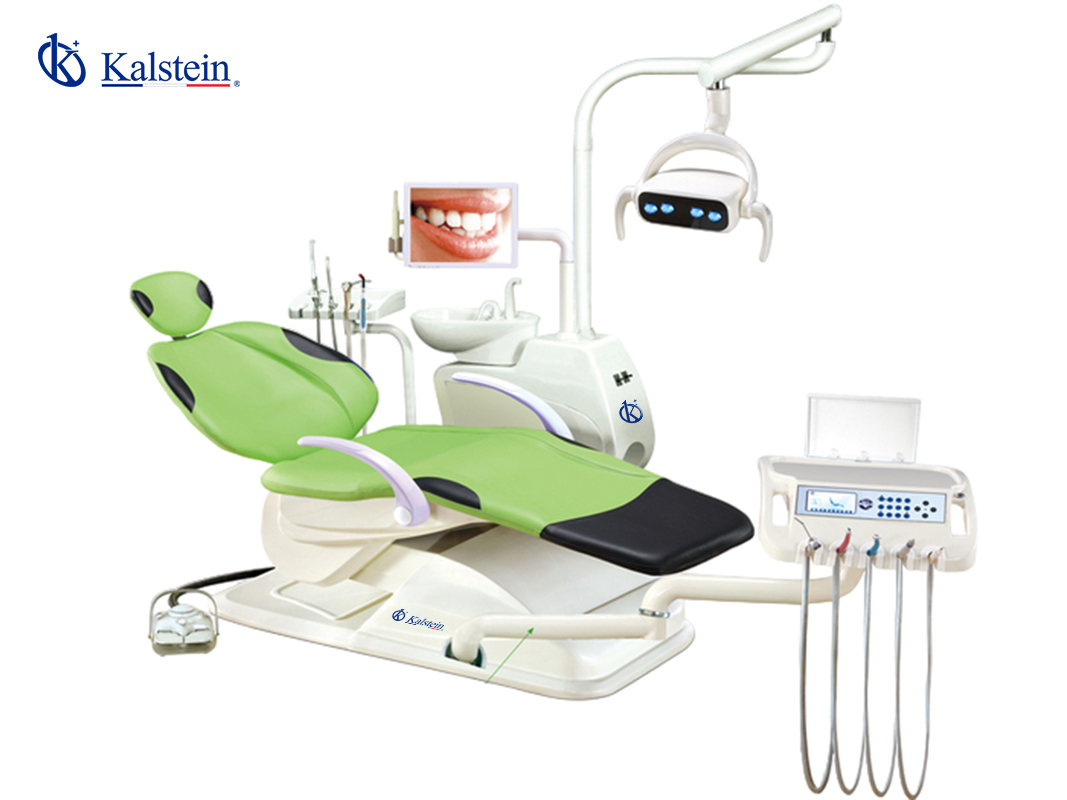Laboratory centrifuges are equipment used to settle the components in a homogeneous solution in their different densities. For this they have a special design that subjects the solutions to centrifugal rotation and acceleration at a high speed for a certain time, movements with which the solution is separated into two fractions.
What difference does a refrigerated centrifuge have?
As mentioned, a centrifuge is a device capable of sedimenting the components of a homogeneous solution according to their different densities. This is possible thanks to the separation provided by the rotation and acceleration centrifuges at high speed for short periods of time. In addition to performing this function, refrigerated centrifuges are equipped with a cooling system, which allows controlling the temperature at which centrifugation is performed.
What steps should I follow to use a refrigerated centrifuge?
To use a refrigerated centrifuge it is necessary to follow a series of steps that allow its safe operation. Although equipment of this type generally operates in the same way, it is convenient to consult the user manual provided by the supplier even if there is experience in the use of centrifuges. The first thing to do is turn on the switch actuator and open the lid with the corresponding button which has a light, which turns on when the centrifuge is properly closed.
After placing the necessary adapters in the laboratory equipment, the tubes are placed, preferably in a balanced and symmetrical manner, and the lid is closed. Then the speed is adjusted using the configuration buttons, either using rpm, rcf or rad according to the preferences and the time is selected. It is also necessary to select the acceleration and brake speed and then adjust the temperature.
It is recommended to check that the settings are adequate before operating the centrifuge and verify that there is no excessive vibration. This problem is solved by balancing the tubes and placing them symmetrically, because this could cause problems in the process. During operation, the safety system prevents opening the equipment and at the end of the process it is deactivated in order to open it and collect the tubes.
The temperature ranges at which these types of centrifuges operate are usually between -10 and 40 ° C, so their use does not have significant associated risks due to low temperature. In case of special cases of sensitivity to these temperatures or reaching higher or lower temperatures, gloves can be used for protection against high or low temperatures.
How to perform preventive maintenance?
The equipment must be cleaned and disinfected once a month. A minimum annual calibration by specialist personnel is recommended.
How should I act in case of pipe breakage?
- If it is detected that a tube has been broken inside a centrifuge while the device is running, the centrifugation should be interrupted and not opened until about 30 minutes have elapsed, in order to settle the possible bioaerosol formed. If the problem is discovered when the instrument has stopped, it must be left closed and wait 30 min.
- The collection of the fragments of the tube should be carried out with gloves for biological risks and mechanical risks, as well as using tweezers and cotton and paper swabs.
- Carefully clean the inside of the centrifuge, the rotor and the adapters according to the protocol described above.
In Kalstein we have excellent refrigerated centrifuges and an extensive variety of these equipment of the highest quality. That’s why we invite you to take a look HERE




